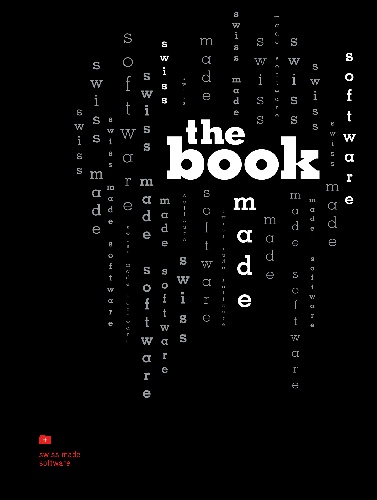Centralized generation of PDF documents
Companies now recognize that the era of freeware tools is over. Digital documents are simply too valuable. And that is why the creation of PDFs has become a sophisticated quality market.
 The central conversion service for creating PDF and PDF/A.
The central conversion service for creating PDF and PDF/A.
In the beginning, PDF was the format for document exchange between design and print. It then gained in familiarity because of the web and the free viewing application from Adobe. Today, PDF is omnipresent. Its success story has now lasted 20 years, and there is no end in sight. This document format is currently experiencing a new development surge, especially in the field of business process support, archiving and variable data printing.
PDF was open from the start. After eight versions, the experts at the ISO have agreed on a new shared standard for PDF 1.7 (ISO 32’000-1) and developed many sub-standards for the most frequently used PDF applications. The main ones are: Document exchange (PDF/X), archiving (PDF/A), universal accessibility (PDF/UA) and variable data printing of transaction documents (PDF/VT). These new ISO standards improve interoperability between manufacturers and establish new quality requirements.
Quality as a risk factor
When people still used PDF mainly to publish documents on the internet, the quality requirements were not high. PDF creation programs for desktops were mushrooming, and the focus was on price and easy handling. Users barely noticed the software’s quality problems. Though latent for some time, they only became palpable when PDF began to be used professionally in critical business processes, above all for digital long-term archiving, and when master data management tools were introduced.
Since then, irritating experiences are no longer regarded as acceptable: Documents will not open any more after a software update; text is illegible when transferred to different platforms; colors are not reproduced correctly by other output devices, to name just some examples. But above all, carefree downloading and use of freeware tools that often do not meet the requirements of properly designed files contributed to quality erosion.
A central conversion service
IT department heads are aware of the problem and now adopt suitable measures to guarantee quality. Their approaches include hosting of workstations (Citrix server farms) and the provision of central conversion services, either in-house or in the cloud. Central conversion has proved especially convincing.
Such a service converts all document formats a company uses, e.g. Office documents, fax, emails, scanned files and the like into PDF or PDF/A. That procedure offers some evident benefits. There is no need to roll out and service a PDF creation software on the workstations for different versions of the operating system, the Office tools, or other user software. In addition, different user configurations of the software no longer influence the end product. There are also some less visible benefits: Manual work processes, for example, like checking the file created for compliance with standards and corporate policy guidelines, the use of corporate fonts, the inclusion of corporate logos, or the addition of metadata. These can be automated in the central service.
Flexibility and scalability
Support of one conversion software for several client platforms like Windows, Linux, and Mac OS is difficult to implement. And it is a nightmare for mobile devices like iPad, Android Tablet, and similar systems. With centralization, that is far easier to do.
The central service is not just used by individual users. Business applications for ERP or CRM can also benefit from a central conversion service. These applications can send a document to the service through corresponding interfaces (API, web service) and then receive delivery of the created PDF or PDF/A file. An especially helpful function of the central service is the conversion of emails into PDF/A to archive incoming post. The conversion service can be combined with the email server to ensure that postboxes are monitored automatically and incoming mail is converted into PDF/A automatically. The same procedure applies for monitored file directories when files are transferred in the network.
Quality ensures security
The time has come to examine PDF tools more closely and give priority to quality from the start. Not every PDF converter converts documents in a way that ensures their preservation and legibility in the long-term. Quality products developed to meet market requirements support business processes efficiently and reliably. And, in addition, professional converters also provide a range of functions to fulfill compliance expectations regarding compliance. Users can simply choose the tool that meets their needs best.
